The Influence of Ancient Egypt on Mathematics and Astronomy
Ancient Egypt's influence on mathematics and astronomy is a testament to the remarkable advancements made by this ancient civilization. The intricate numerical system devised by the Egyptians not only revolutionized mathematical calculations but also laid the foundation for future mathematical concepts. Their geometric knowledge, demonstrated in the construction of awe-inspiring pyramids, showcased a level of precision and engineering prowess that continues to astonish scholars to this day.
Furthermore, the alignment of ancient Egyptian temples with celestial bodies highlights their deep understanding of astronomy and its integration into religious practices. By incorporating astronomical observations into their daily lives and architectural designs, the Egyptians showcased a sophisticated grasp of celestial movements long before modern technology.
One of the most enduring legacies of Ancient Egypt is their calendar systems, which were based on meticulous astronomical observations. By integrating solar and lunar observations, the Egyptians created a comprehensive calendar system that influenced the development of modern calendars worldwide. Their contributions to timekeeping methods have stood the test of time, shaping how we measure and organize our days.
The impact of Ancient Egyptian knowledge and practices in mathematics and astronomy reverberates through history, shaping the evolution of these fields into what we know today. By delving into the mysteries of the past, we can uncover the profound influence that Ancient Egypt had on the development of science and our understanding of the universe.

Ancient Egyptian Numerical System
The Ancient Egyptian Numerical System was a unique and innovative method of representing numbers that significantly influenced the development of mathematics in the ancient world. Unlike the decimal system we use today, the Ancient Egyptians employed a base 10 system, but with distinct hieroglyphic symbols for each power of 10. These symbols ranged from simple strokes for ones to more elaborate characters for larger numbers, creating a visually striking and practical way of recording numerical information.
One of the most fascinating aspects of the Ancient Egyptian Numerical System was its use of additive and multiplicative principles. Instead of using a positional system like we do today, where the placement of a digit determines its value, the Egyptians added the values of individual symbols to arrive at the total. This method required a deep understanding of arithmetic operations and allowed for complex calculations without the need for advanced mathematical notations.
Moreover, the Ancient Egyptian Numerical System was not limited to counting and basic arithmetic. It extended to measurements, trade, and even astronomy, showcasing the versatility and sophistication of their mathematical knowledge. By incorporating numbers into various aspects of their daily life, the Ancient Egyptians demonstrated a practical and holistic approach to mathematics that went beyond mere theoretical concepts.
Through the study of ancient papyri and archaeological findings, modern scholars have been able to decipher and appreciate the intricacies of the Ancient Egyptian Numerical System. The legacy of their numerical innovations continues to inspire mathematicians and historians alike, shedding light on the intellectual prowess of this ancient civilization and its enduring impact on the development of mathematics as a whole.
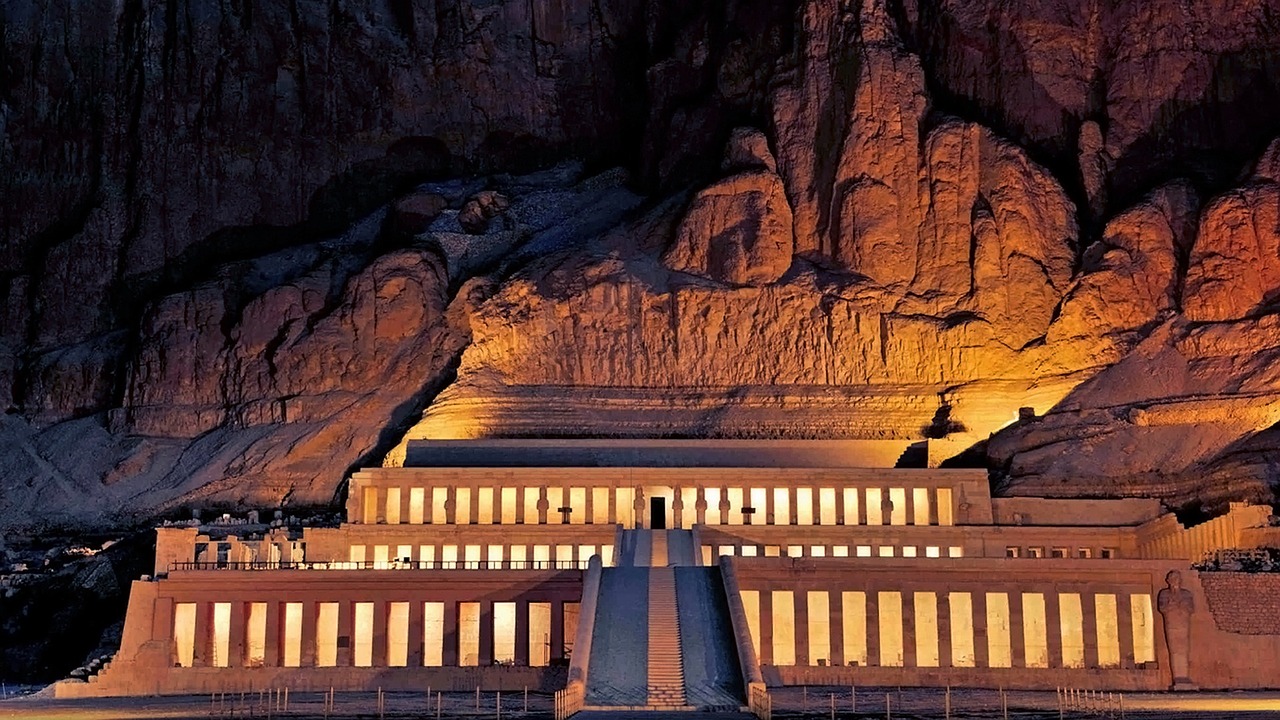
Ancient Egyptian Geometry
Ancient Egyptian geometry holds a remarkable place in the annals of mathematical history, showcasing the advanced knowledge and skills of this ancient civilization. The Egyptians' expertise in geometry was most notably demonstrated in the construction of the iconic pyramids, where precise measurements and geometric principles were employed to create these architectural marvels. The symmetry and alignment of the pyramids reflect the Egyptians' deep understanding of geometric concepts and their practical application in monumental structures.
Moreover, the Ancient Egyptians' geometric knowledge extended beyond pyramid construction, influencing various aspects of their daily lives and societal organization. The layout of cities, the design of temples, and even the division of land were all guided by geometric principles. The use of geometric shapes such as circles, squares, and rectangles in art and architecture further exemplifies the Egyptians' mastery of geometric concepts.
One of the most fascinating aspects of ancient Egyptian geometry is its connection to astronomy. The alignment of temples and structures with celestial bodies highlights the Egyptians' belief in the interconnectedness of geometry and the cosmos. By incorporating astronomical observations into their architectural designs, the Egyptians not only demonstrated their understanding of celestial movements but also imbued their structures with spiritual significance.
Overall, the study of ancient Egyptian geometry offers valuable insights into the intersection of mathematics, architecture, and spirituality in this ancient civilization. From the precise construction of pyramids to the symbolic use of geometric shapes, the legacy of Egyptian geometry continues to inspire and intrigue modern scholars and mathematicians.
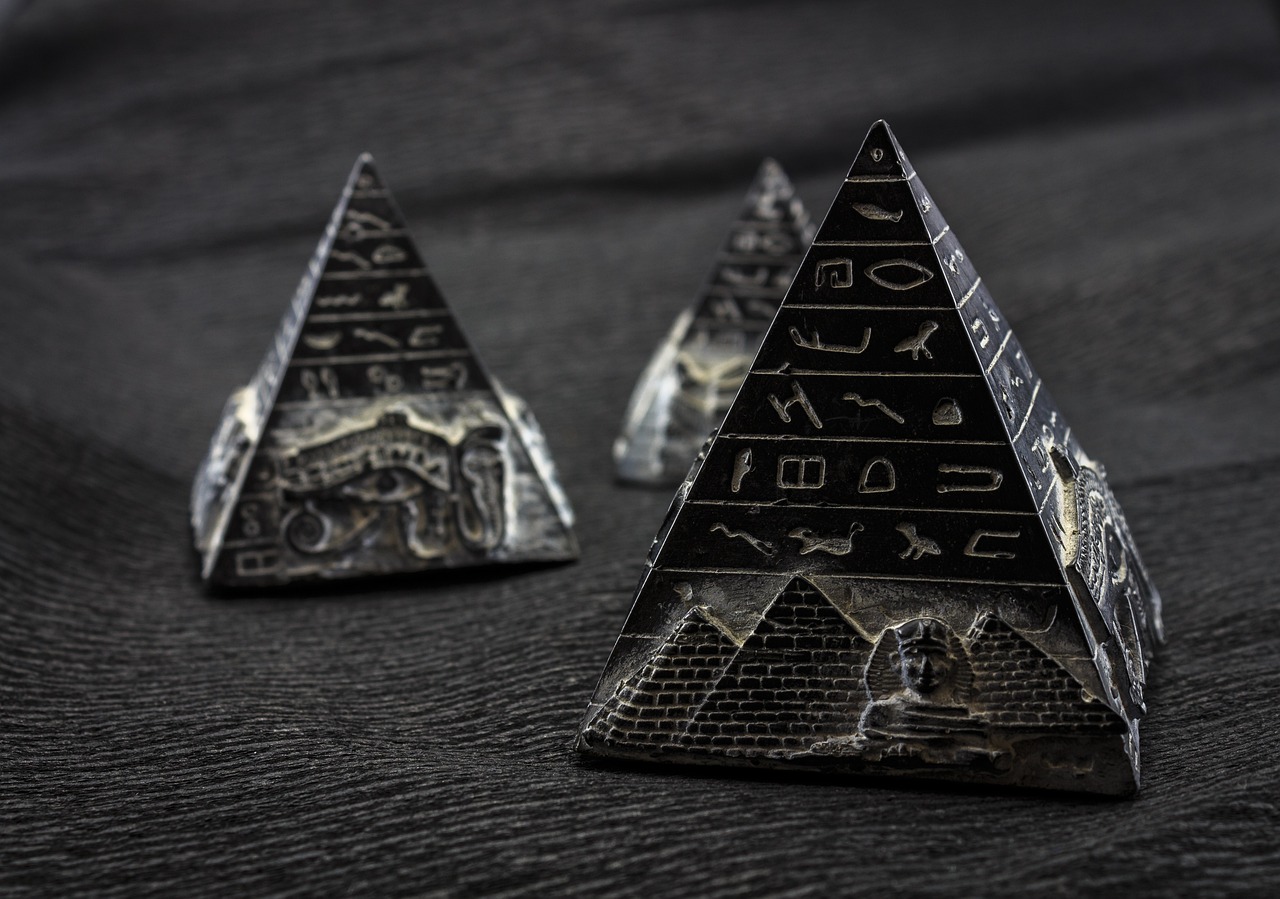
Pyramids as Mathematical Marvels
The pyramids of Ancient Egypt stand as remarkable testaments to the mathematical prowess and architectural ingenuity of this ancient civilization. These monumental structures, built with staggering precision and alignment, serve as mathematical marvels that continue to intrigue and inspire scholars and visitors alike.
The construction of the pyramids was not merely a feat of engineering but a demonstration of advanced geometric knowledge. The precise angles, dimensions, and alignments of the pyramids showcase the Egyptians' deep understanding of geometry long before the formalization of mathematical principles.
Imagine the meticulous planning and calculations required to align the sides of the pyramids with such accuracy to the cardinal points of the compass. The mathematical sophistication needed to achieve such precision is a testament to the mathematical acumen of the Ancient Egyptians.
Moreover, the internal structures of the pyramids reveal a sophisticated grasp of spatial geometry and mathematical ratios. The intricate design of the chambers and passageways within the pyramids reflects a deep-seated mathematical understanding that transcends mere construction.
As visitors marvel at the grandeur of the pyramids, they are unknowingly witnessing a mathematical legacy that has endured for millennia. The pyramids not only symbolize the power and grandeur of Ancient Egypt but also serve as eternal reminders of the mathematical genius that flourished in this ancient civilization.

Astronomical Alignments in Ancient Egypt
Astronomical Alignments in Ancient Egypt were not merely a matter of stargazing; they were deeply intertwined with the religious beliefs, architectural marvels, and daily rituals of the ancient civilization. The Egyptians' fascination with the celestial bodies led to the incorporation of astronomical observations in the construction of their temples and monuments. These alignments were not random but meticulously planned to align with specific stars or celestial events.
One remarkable example of these astronomical alignments is the Great Sphinx of Giza, believed to be oriented towards the rising sun on the spring equinox. This alignment symbolizes the connection between the earthly realm and the heavens, highlighting the Egyptians' profound understanding of the cosmos and their belief in the divine significance of celestial movements.
Moreover, the layout of the temples at Karnak and Luxor demonstrates the Egyptians' precise knowledge of astronomical phenomena. The orientation of these temples towards the solstices and equinoxes reflects the alignment with key celestial events, emphasizing the importance of celestial observations in religious ceremonies and architectural design.
Additionally, the construction of the famous Karnak Hypostyle Hall, with its massive columns aligned to create a solar phenomenon during the equinoxes, showcases the Egyptians' sophisticated integration of astronomy into architectural elements. This harmonious blend of astronomy and architecture not only served practical purposes but also carried symbolic meanings related to the cosmos and the afterlife.
Overall, the astronomical alignments in Ancient Egypt reveal a civilization deeply attuned to the movements of the stars and planets, integrating this celestial knowledge into every aspect of their culture and society. The precision and significance of these alignments underscore the advanced understanding of astronomy possessed by the ancient Egyptians, leaving a lasting legacy that continues to fascinate and inspire modern astronomers and archaeologists.

Stellar Alignments in Temple Construction
Stellar Alignments in Temple Construction were a fundamental aspect of ancient Egyptian architecture, showcasing their deep connection to astronomy and celestial bodies. The alignment of temples with specific stars or constellations reflected the Egyptians' belief in the divine significance of these celestial entities. The construction of temples in alignment with certain stars served both practical and symbolic purposes, symbolizing the harmony between the earthly realm and the heavens.
Ancient Egyptian temples were meticulously designed to align with key astronomical events such as solstices, equinoxes, or the rising of particular stars. This alignment not only demonstrated the Egyptians' advanced understanding of celestial movements but also served as a way to honor and connect with the gods associated with those celestial bodies. The precise positioning of temples in relation to the stars emphasized the spiritual and cosmic importance of these structures in Egyptian society.
Furthermore, the alignment of temples with specific stars or constellations also had practical implications. By aligning their temples with celestial bodies, the ancient Egyptians could establish important dates for religious ceremonies, agricultural activities, or other significant events based on astronomical observations. This integration of astronomy into temple construction highlights the holistic approach of the ancient Egyptians, blending science, religion, and architecture seamlessly.
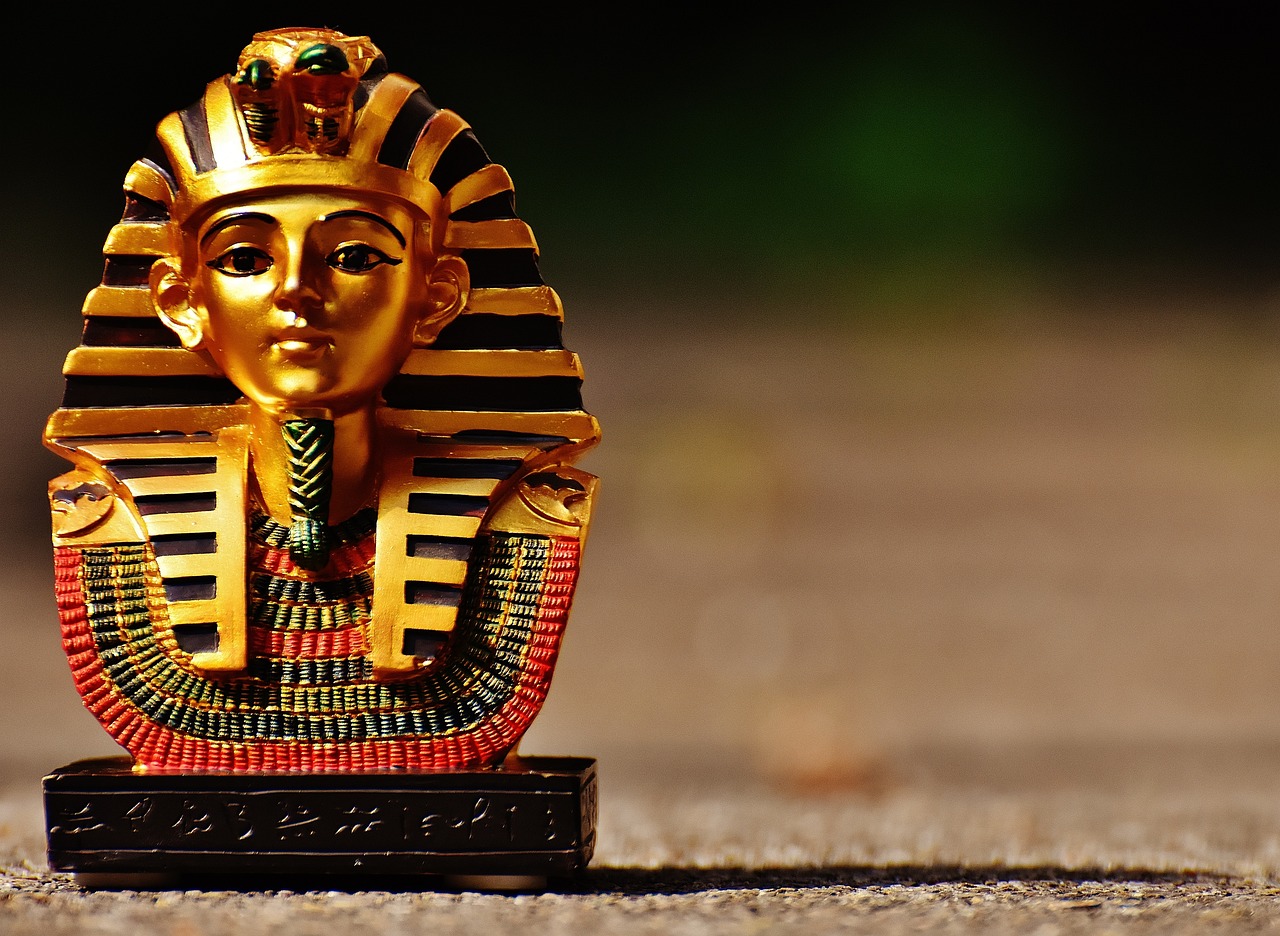
Ancient Egyptian Calendar Systems
Ancient Egyptian calendar systems were intricately linked to their understanding of astronomical phenomena. The Egyptians developed calendars based on the movements of celestial bodies, particularly the sun and the moon. Their calendar was essential for agricultural planning, religious ceremonies, and administrative purposes.
The Ancient Egyptians utilized a solar calendar, known as the civil calendar, consisting of 365 days divided into 12 months of 30 days each, with an additional five epagomenal days at the end of the year. These epagomenal days were dedicated to celebrating the births of important deities such as Osiris and Horus.
Moreover, the Egyptians also employed a lunar calendar, which consisted of 12 months of 29 or 30 days, totaling 354 days. To synchronize the lunar and solar calendars, they inserted intercalary months periodically. This dual calendar system allowed them to track both solar and lunar cycles effectively.
The Ancient Egyptian calendar system influenced later civilizations in the Near East and Mediterranean regions. The Greeks, Romans, and other societies adopted and adapted elements of the Egyptian calendar, incorporating them into their own timekeeping methods. The legacy of the Egyptian calendar can be seen in the structure of modern calendars, demonstrating the enduring impact of their astronomical knowledge.
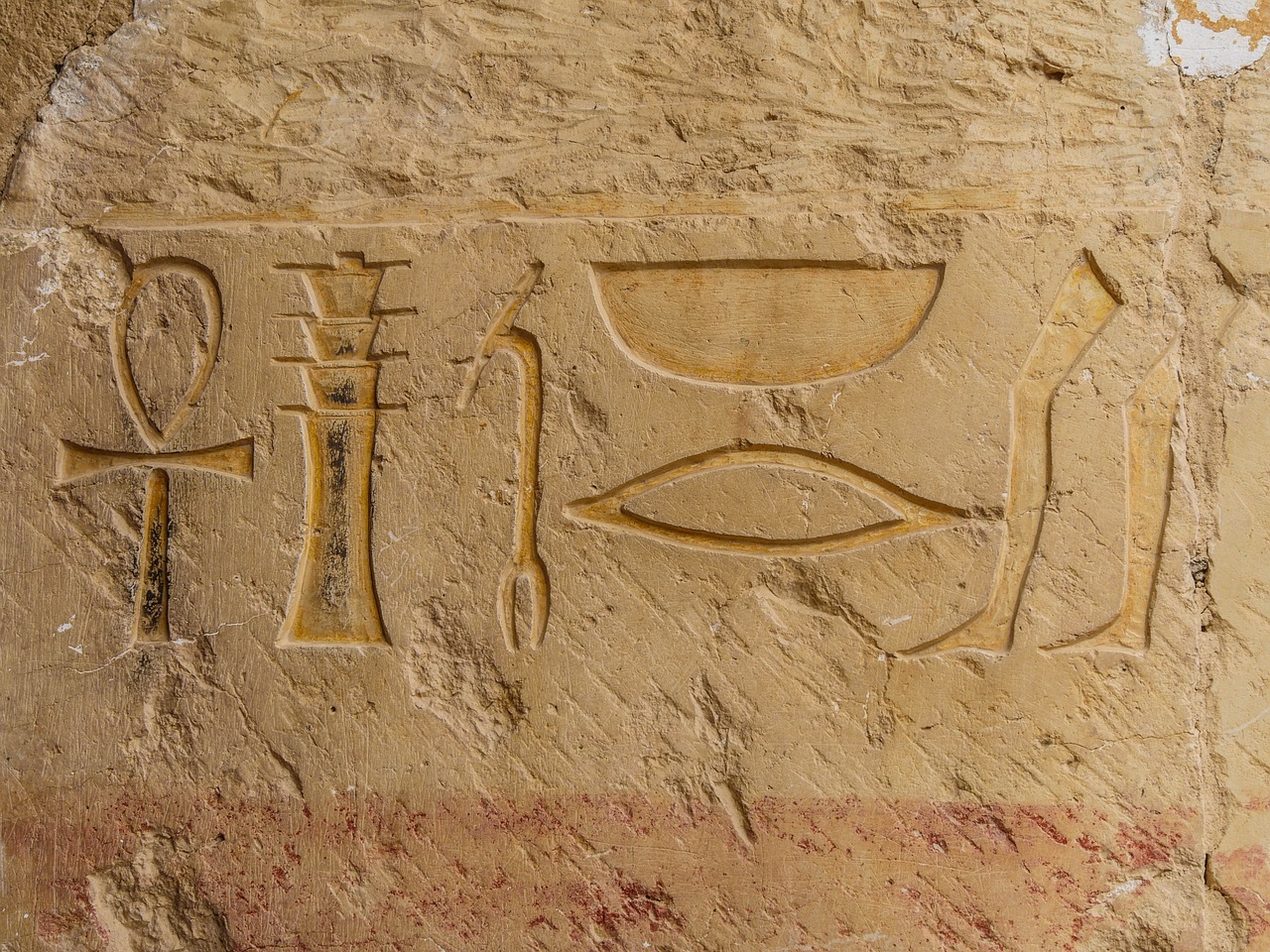
Solar and Lunar Calendar Integration
Ancient Egyptians were pioneers in integrating solar and lunar observations to create a sophisticated calendar system that influenced the development of modern calendars. By combining the movements of the sun and the moon, they devised a calendar that reflected both the solar year and lunar cycles. This integration allowed them to track time accurately and align their religious festivals and agricultural practices with celestial events.
Imagine the intricate calculations and observations required to harmonize the solar and lunar aspects of timekeeping. The Ancient Egyptians meticulously studied the patterns of the sun and the moon, recognizing the significance of both in determining the passage of time. Their calendar system not only served practical purposes but also held symbolic and religious importance, shaping their cultural practices and beliefs.
Through the integration of solar and lunar calendars, the Ancient Egyptians demonstrated a deep understanding of celestial phenomena and their impact on earthly activities. This holistic approach to timekeeping laid the foundation for future civilizations to refine and adapt calendar systems based on astronomical principles. The legacy of their calendar innovations continues to influence how we organize and structure our time today.
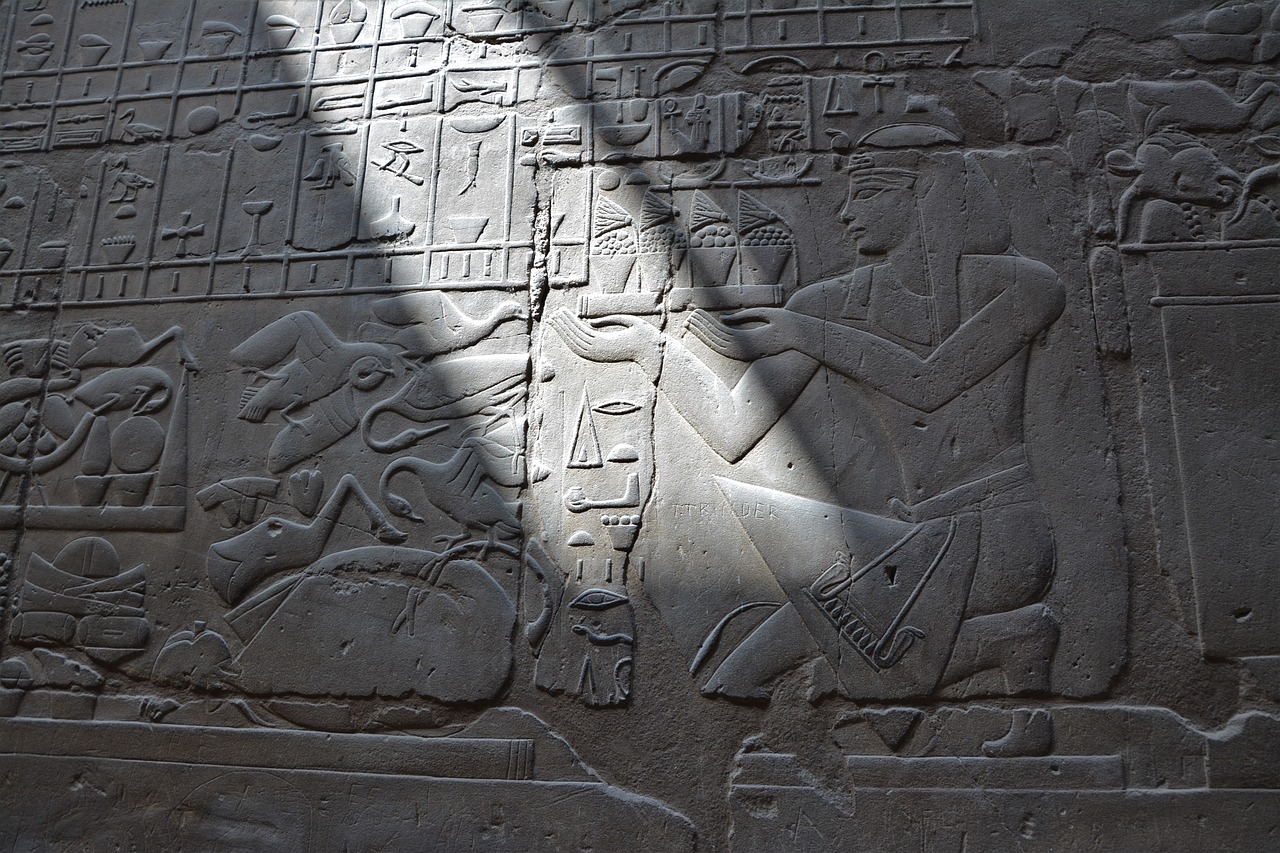
Legacy of Ancient Egyptian Mathematics and Astronomy
Ancient Egypt's profound influence on mathematics and astronomy has left a lasting legacy that continues to shape our understanding of these fields today. The intricate knowledge and practices of the Ancient Egyptians have paved the way for significant advancements in both mathematics and astronomy, laying a strong foundation for future generations to build upon.
One of the key contributions of Ancient Egyptian mathematics is the development of early numerical systems that formed the basis for modern mathematical concepts. Their unique numerical system, which utilized hieroglyphs and symbols to represent numbers, demonstrated a sophisticated understanding of mathematical principles and laid the groundwork for complex calculations and problem-solving.
In addition to their advancements in mathematics, the Ancient Egyptians also made significant strides in the field of geometry. The construction of the iconic pyramids stands as a testament to their profound geometric knowledge and architectural prowess. The precise alignment and intricate design of the pyramids showcase the Ancient Egyptians' mastery of geometry and engineering, highlighting their advanced skills in mathematical calculations and spatial reasoning.
Furthermore, the Ancient Egyptians' keen observations of the stars and celestial bodies led to the integration of astronomy into various aspects of their society. From aligning temples with specific astronomical events to developing sophisticated calendar systems based on solar and lunar movements, the Ancient Egyptians demonstrated a deep understanding of the cosmos and its influence on their daily lives.
The legacy of Ancient Egyptian mathematics and astronomy extends far beyond the ancient world, influencing the development of these fields throughout history. Their innovative approaches to mathematical problem-solving and astronomical observations have inspired future generations of mathematicians and astronomers, shaping the way we perceive the universe and our place within it.
Frequently Asked Questions
- What mathematical contributions did Ancient Egypt make to the world?
Ancient Egypt made significant contributions to mathematics, including the development of a unique numerical system and geometric principles. Their advancements in areas such as geometry and calculation techniques laid the foundation for future mathematical discoveries.
- How did Ancient Egyptians use astronomy in their daily lives?
Ancient Egyptians integrated astronomy into various aspects of their culture, from religious practices to architectural alignments. They observed celestial movements to create calendar systems and align structures with stars, showcasing their early understanding of the cosmos.
- What is the significance of the pyramids in Ancient Egyptian mathematics?
The pyramids in Ancient Egypt are not only architectural marvels but also mathematical wonders. Their precise geometric construction reflects the advanced mathematical knowledge of the Egyptians, demonstrating their expertise in geometry and engineering.
- How did Ancient Egyptian calendar systems influence later civilizations?
Ancient Egyptian calendar systems, based on astronomical observations, influenced the development of timekeeping methods in later civilizations. Their integration of solar and lunar observations paved the way for modern calendar systems used today.
- What is the lasting legacy of Ancient Egyptian mathematics and astronomy?
The legacy of Ancient Egyptian mathematics and astronomy continues to impact modern science and mathematics. Their contributions in geometry, calculation methods, and astronomical observations have left a lasting influence on the evolution of these fields throughout history.



















